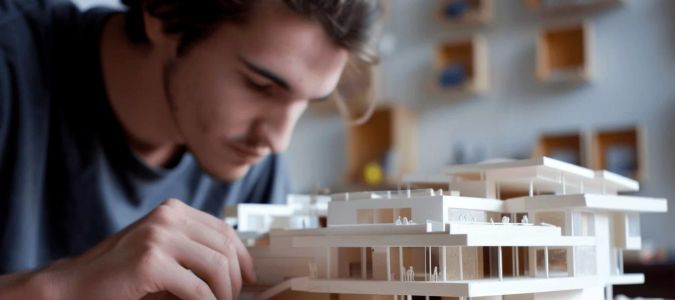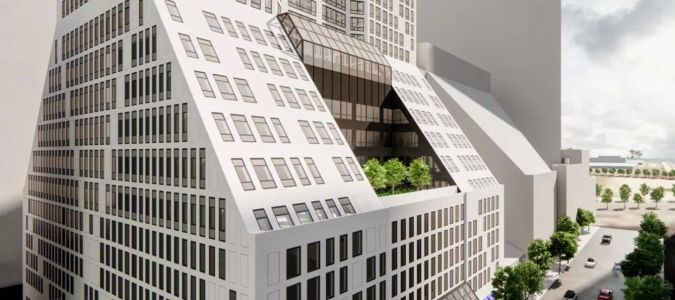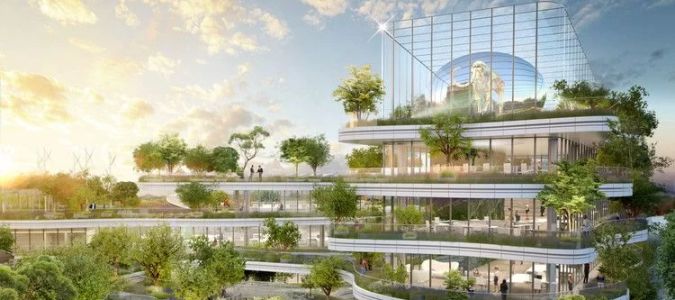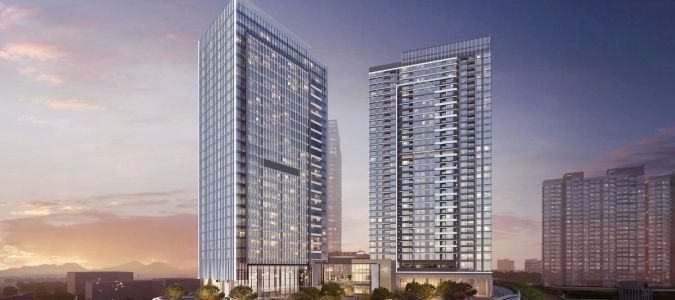- Sustainability and Longevity in Architecture
- The Benefits of Sustainable Design
- Why Sustainability Is Essential for Long-Term Success
- Examples of Sustainable Architecture
- The Role of Materials in Sustainable Design
- How to Incorporate Sustainability into Architectural Design
Sustainability and Longevity in Architecture
As the world faces growing concerns about climate change, resource depletion, and environmental degradation, the focus on sustainability in architectural design has never been more important. Architectural design should prioritize sustainability and longevity, not only because it is better for the environment but also because it makes sense in terms of long-term cost savings and societal well-being. As someone who has worked with various architectural projects, I’ve seen firsthand how integrating sustainability into design can have a profound impact on the built environment.
Sustainable design refers to the practice of creating buildings and structures that are resource-efficient, environmentally friendly, and capable of lasting for many years. Longevity, on the other hand, refers to the durability and lifespan of a building. When both sustainability and longevity are considered in the design process, the result is a space that is not only aesthetically pleasing and functional but also contributes positively to the environment, society, and the economy. Let’s dive into why architectural design should focus on sustainability and longevity.
The Benefits of Sustainable Design
Sustainable design has several significant advantages that benefit both the environment and the people who use the buildings. Some of the most compelling reasons for adopting sustainable practices in architecture include:
1. Environmental Impact: Sustainable design minimizes the environmental footprint of buildings by using eco-friendly materials, reducing waste, and conserving water and energy. This not only helps in combating climate change but also ensures that natural resources are used more efficiently. 2. Energy Efficiency: One of the primary goals of sustainable design is to reduce energy consumption. By incorporating energy-efficient technologies, such as solar panels, better insulation, and energy-efficient lighting and appliances, buildings can significantly cut down on energy costs and greenhouse gas emissions. 3. Economic Benefits: While sustainable buildings may require a higher upfront investment, the long-term savings in energy costs, maintenance, and repairs make them a wise financial choice. Over time, the value of the building increases due to its sustainability and longevity, making it more desirable in the real estate market. 4. Improved Health and Well-being: Sustainable buildings are designed to improve the quality of life for the people who occupy them. By using non-toxic materials, improving air quality, and maximizing natural light, these buildings promote better physical and mental health for the residents and workers.Why Sustainability Is Essential for Long-Term Success
Sustainability is not just a buzzword; it is a necessity for long-term success in architectural design. With the world’s population rapidly growing and urbanization continuing at an unprecedented rate, the demand for new buildings will only increase. However, constructing buildings that are not sustainable will lead to environmental degradation, higher operational costs, and poor living conditions. Sustainable architecture addresses these issues by focusing on designs that are both efficient and long-lasting.
The essence of sustainability in architecture is that it looks beyond immediate gains and considers the long-term impact. For example, a building that is designed to use renewable energy sources will require less energy from non-renewable resources, reducing its carbon footprint. Additionally, buildings that are constructed to last—using durable, high-quality materials and thoughtful design—will require fewer repairs and renovations, saving both money and resources in the long run.
Examples of Sustainable Architecture
Across the world, many architects and builders are embracing sustainability, leading to the creation of stunning, environmentally responsible buildings. Here are some notable examples of sustainable architecture that highlight the effectiveness of focusing on sustainability and longevity:
1. The Edge, Amsterdam: Known as the greenest building in the world, The Edge is an office building in Amsterdam that uses solar panels, smart energy systems, and sustainable building materials. The design maximizes energy efficiency and enhances the well-being of its occupants, making it a model for modern sustainable office buildings. 2. The Bullitt Center, Seattle: Often referred to as the "greenest commercial building in the world," the Bullitt Center is a living building that generates its own energy through solar panels, captures rainwater, and uses composting toilets. It is an excellent example of a building designed for longevity with the future in mind. 3. Zhaojun Bridge, China: Located in the arid region of Inner Mongolia, the Zhaojun Bridge is a stunning example of integrating sustainable materials and design principles in an inhospitable environment. The bridge is made of recycled materials and uses solar power for lighting, demonstrating the potential for sustainable infrastructure even in harsh climates.The Role of Materials in Sustainable Design
The materials used in construction play a crucial role in determining the sustainability and longevity of a building. Sustainable architecture emphasizes the use of materials that are renewable, recycled, and non-toxic, reducing the environmental impact of the building. Here are some examples of materials that can help achieve sustainable architecture:
1. Bamboo: A highly renewable resource, bamboo is often used in sustainable design for its strength, durability, and low environmental impact. It can be used for flooring, walls, and even furniture. 2. Recycled Steel and Concrete: Using recycled steel and concrete not only reduces waste but also decreases the need for new materials, thus conserving natural resources and reducing the carbon footprint. 3. Sustainable Wood: Wood from certified sustainable forests ensures that it’s harvested responsibly, with minimal impact on the environment. It is also a carbon-neutral material when used in construction.How to Incorporate Sustainability into Architectural Design
Incorporating sustainability into architectural design requires careful planning and collaboration between architects, engineers, and clients. Here are some key steps to integrating sustainability into a project:
1. Energy-efficient Systems: Install energy-efficient HVAC systems, LED lighting, and insulation to reduce energy consumption. Incorporate renewable energy sources like solar or wind to power the building. 2. Smart Building Technologies: Use smart technologies to monitor energy use, adjust lighting and temperature based on occupancy, and optimize resource usage. 3. Sustainable Site Selection: Choose sites that minimize environmental disruption and consider the local climate, which can reduce the need for artificial heating or cooling. 4. Green Roofs and Gardens: Incorporating green roofs or community gardens can help absorb rainwater, reduce the heat island effect, and improve air quality.







